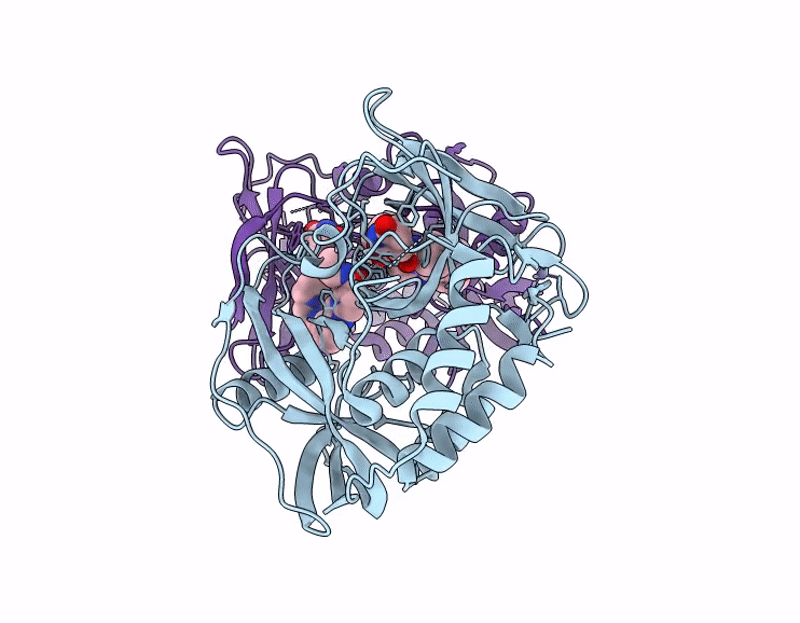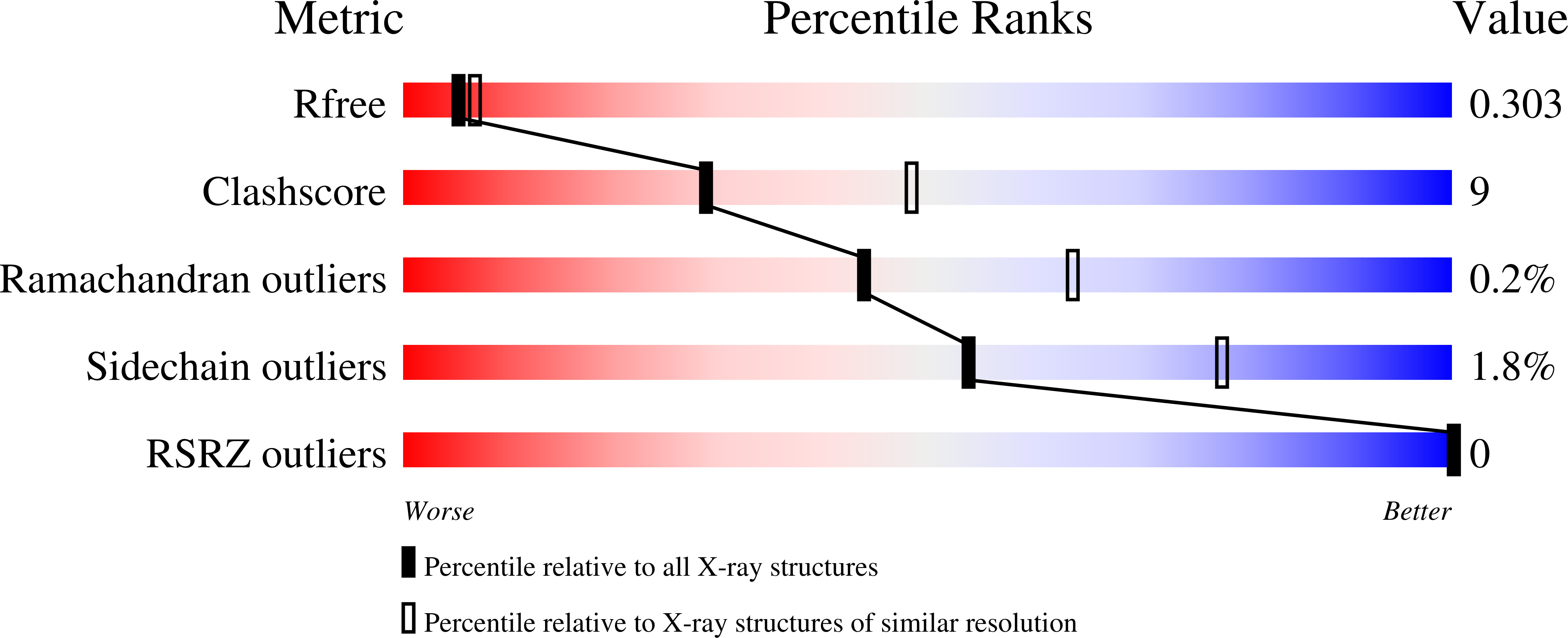
Deposition Date
2024-10-01
Release Date
2025-10-01
Last Version Date
2025-10-01
Method Details:
Experimental Method:
Resolution:
2.50 Å
R-Value Free:
0.30
R-Value Work:
0.24
R-Value Observed:
0.24
Space Group:
P 31


